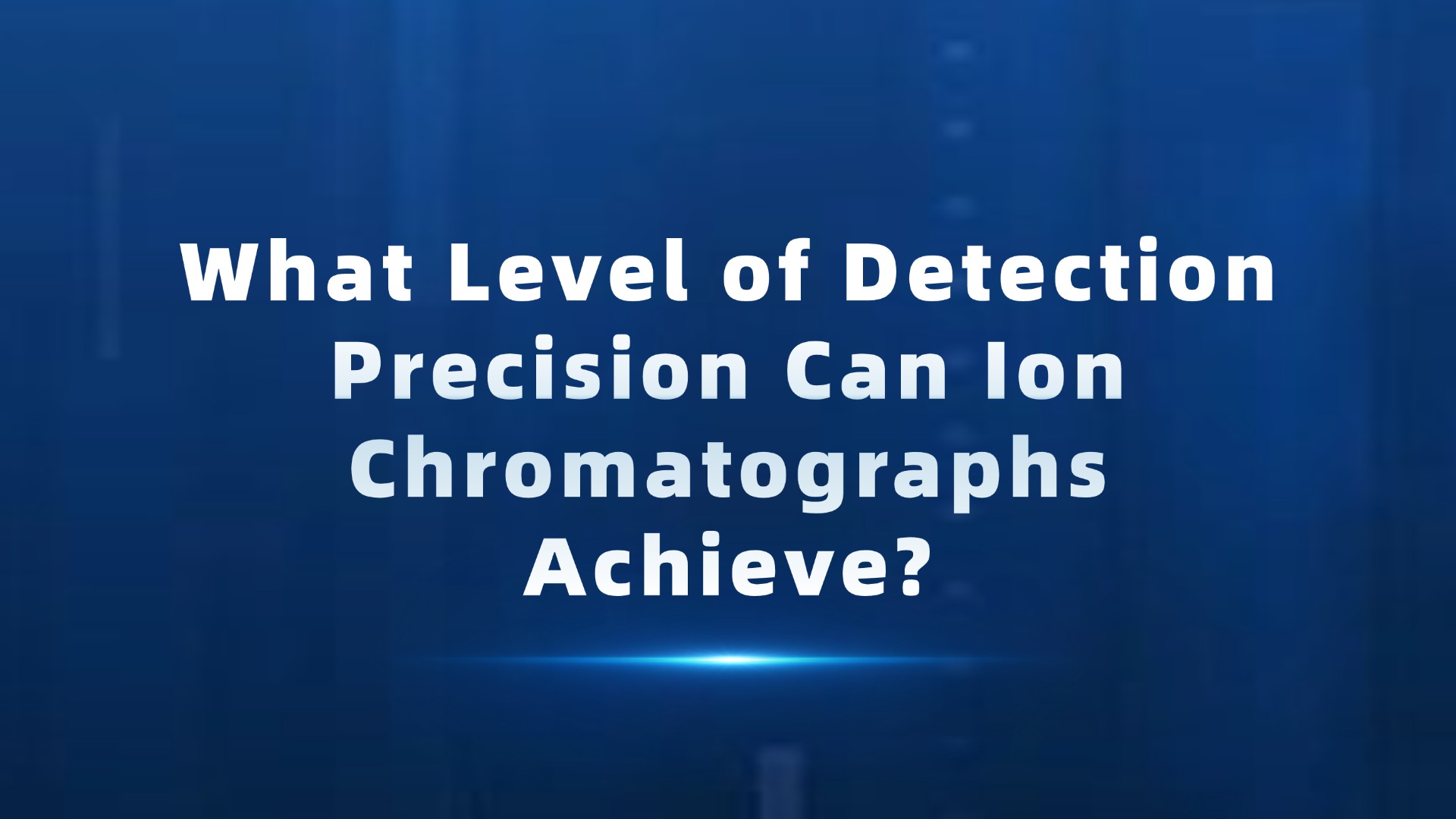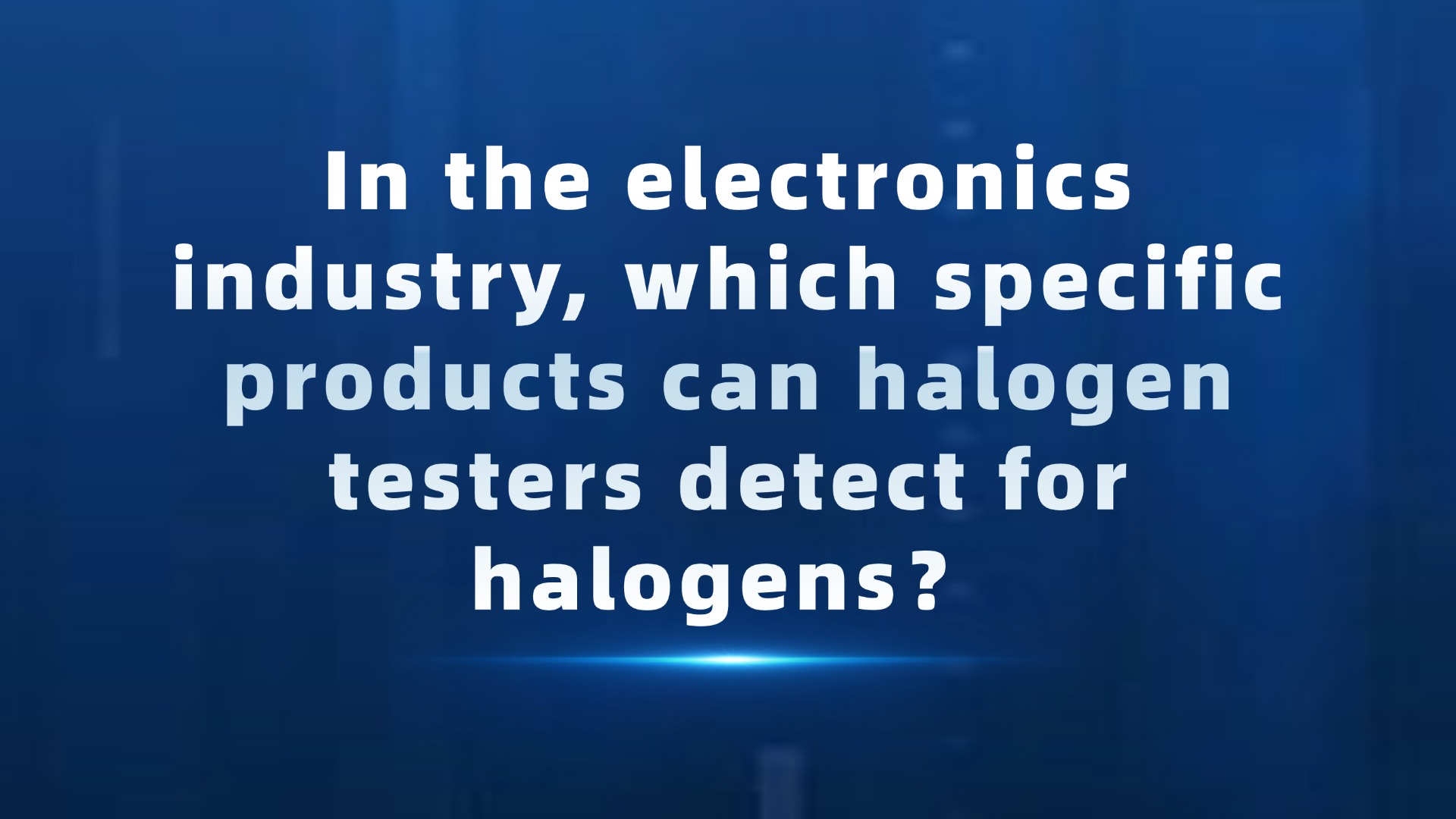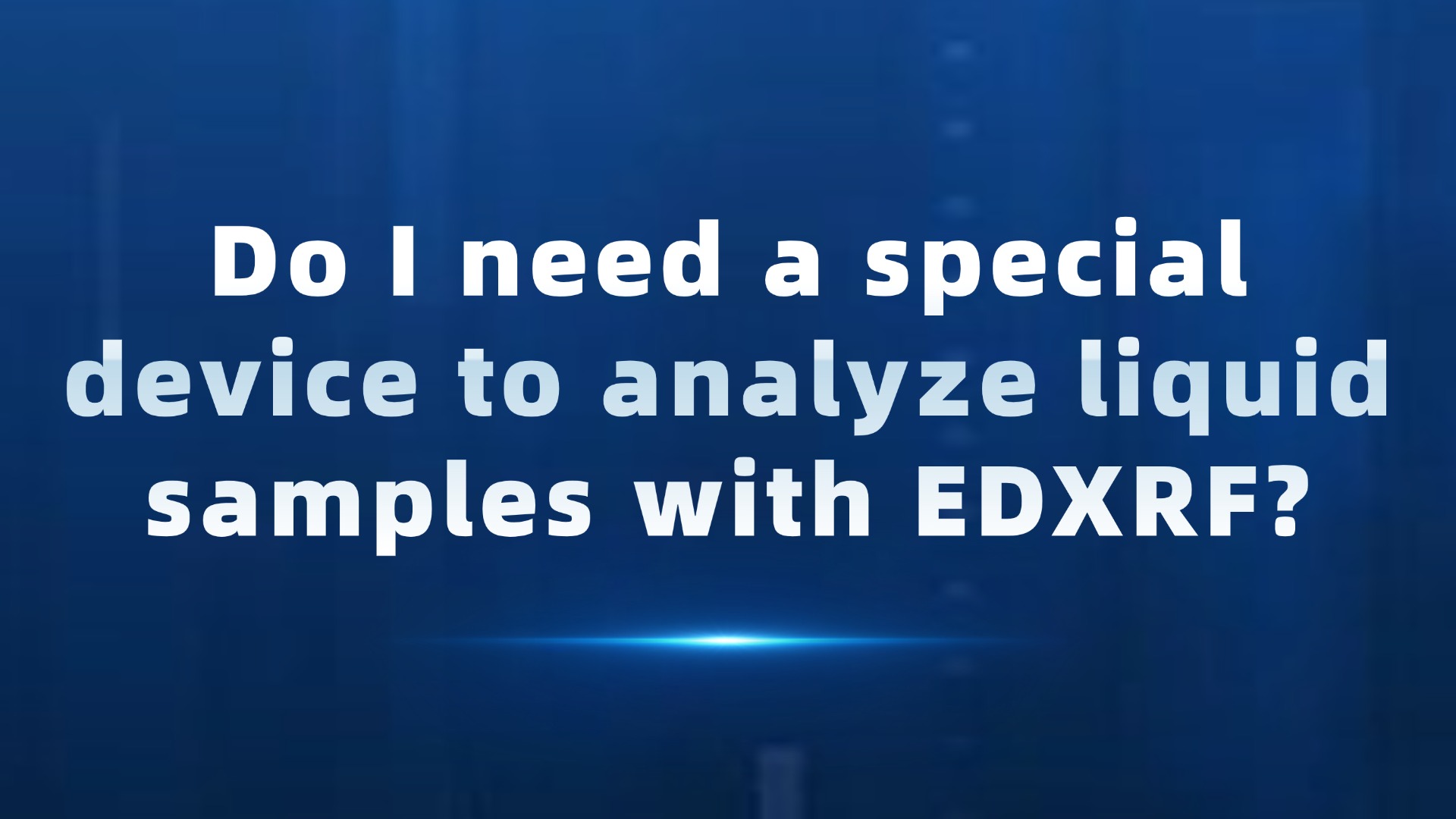In the field of environmental testing for electrical and electronic products, RoHS 2.0 testing instruments are indispensable tools. Their prices are not fixed but fluctuate due to various factors. Below are some of the main factors influencing the price fluctuations of RoHS 2.0 testing instruments:
Detector Type: The detector is one of the core components of a RoHS 2.0 testing instrument, and different types of detectors significantly impact the price. For example, imported SDD (Silicon Drift Detector) detectors offer higher resolution and sensitivity, enabling more accurate detection of trace harmful substances in samples. Instruments equipped with such detectors are typically more expensive, often priced above 150,000 RMB. In contrast, Si-PIN (Silicon Photodiode) detectors have relatively weaker performance and are less expensive, with instruments using these detectors priced around 100,000 RMB.
Analytical Precision: Instruments with higher analytical precision can more accurately detect the content of harmful substances restricted by RoHS directives, and their prices are correspondingly higher. High-end RoHS 2.0 testing instruments can achieve precise elemental analysis with low detection limits, meeting the needs of enterprises and research institutions with extremely high precision requirements. Such instruments are often significantly more expensive than those with standard precision.
Instrument Features: Instruments with more features tend to be more expensive. For example, some testing instruments can not only detect substances restricted by RoHS directives but also simultaneously test for other harmful substances or elements. Additionally, features like data storage, transmission, and analysis increase the R&D and production costs of the instrument, leading to higher prices.
Brand Reputation: RoHS 2.0 testing instruments from well-known brands typically command higher prices. This is because reputable brands have established strong market credibility and trust, offering better product quality and after-sales service. Consumers are willing to pay a premium for brand value. For instance, testing instruments from internationally renowned brands may be 30%–50% more expensive than those from domestic brands.
Manufacturer Scale and Capability: Large manufacturers usually possess advanced production equipment, stringent quality control systems, and comprehensive after-sales services, resulting in relatively higher prices for their instruments. On the other hand, smaller manufacturers or new market entrants may offer lower prices to compete for market share, but this may come with risks in product quality and after-sales service.
Market Demand: With the rapid development of the electrical and electronics industry, the demand for RoHS 2.0 testing instruments continues to grow. During periods of high demand, such as peak production seasons or strict enforcement of environmental regulations, prices for testing instruments may rise. Limited production capacity and high demand can lead to price increases. Conversely, during off-peak seasons, manufacturers may lower prices to promote sales.
Market Competition: The RoHS 2.0 testing instrument market is highly competitive, with numerous manufacturers. When there are many similar products on the market, manufacturers may reduce prices to attract customers. For example, newly launched testing instruments may enter the market at lower prices to gain a foothold, potentially impacting the prices of competing brands.
Changes in Environmental Regulations: Continuous updates and strict enforcement of environmental regulations like the RoHS directive drive technological advancements and product upgrades in RoHS 2.0 testing instruments. To meet new regulatory requirements, manufacturers need to invest more in R&D, which may lead to price increases. For instance, when the RoHS directive adds restrictions on certain harmful substances or lowers permissible limits, more advanced testing instruments are required for accurate detection, pushing prices upward.
Tariff Policies: For imported RoHS 2.0 testing instruments, changes in tariff policies directly affect their prices. If tariffs increase, the cost of imported instruments rises, leading to higher prices. Conversely, lower tariffs may result in price reductions.
Instrument Type: RoHS 2.0 testing instruments come in different types, such as benchtop and handheld models. Generally, handheld instruments are more expensive due to their compact size, portability, and suitability for on-site testing. Benchtop instruments, designed for fixed locations like laboratories, tend to have more stable prices.
Upgrade and Maintenance Costs: Some RoHS 2.0 testing instruments may require regular software updates and hardware maintenance to ensure performance and accuracy. These upgrade and maintenance costs also influence the overall price of the instrument. If the manufacturer offers excellent after-sales service, including free software updates and regular maintenance, the instrument's price may be higher initially, but it can reduce long-term usage costs for the user.
In summary, the price fluctuations of RoHS 2.0 testing instruments are influenced by factors such as technical performance, brand reputation, market supply and demand, policies and regulations, and instrument type. When purchasing a testing instrument, users should consider their actual needs and budget, weighing these factors to select a product with the best cost-performance ratio.




